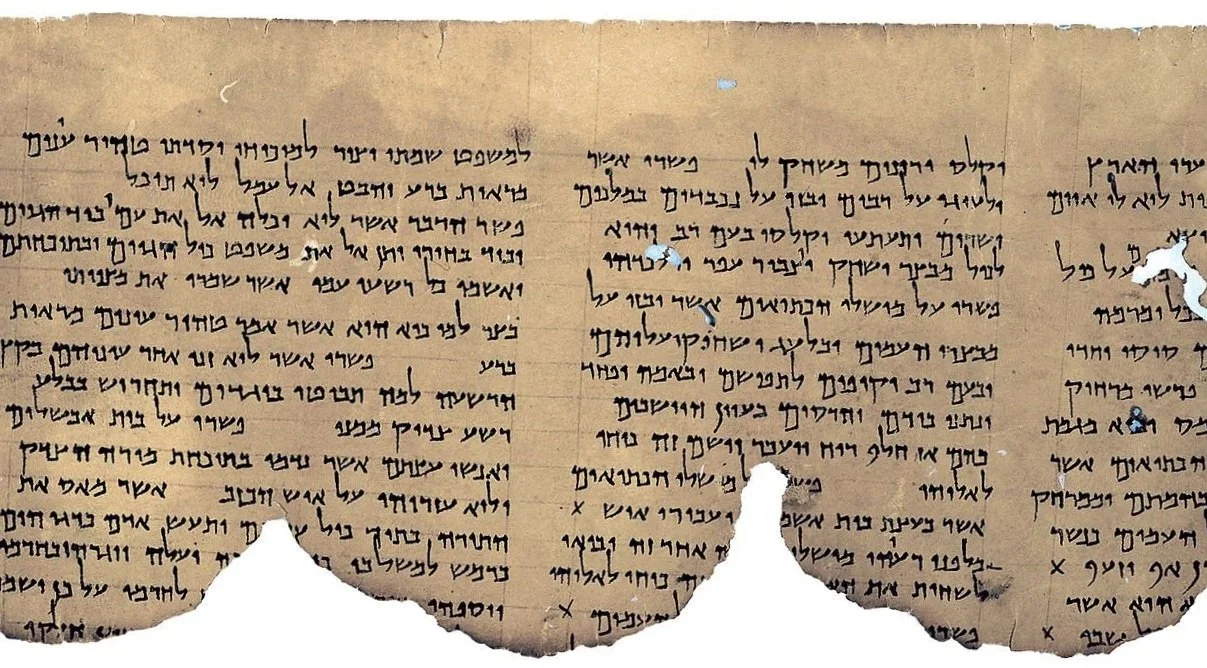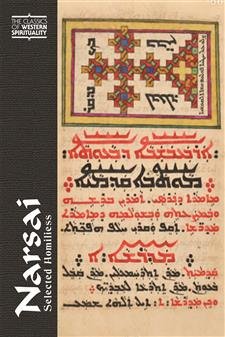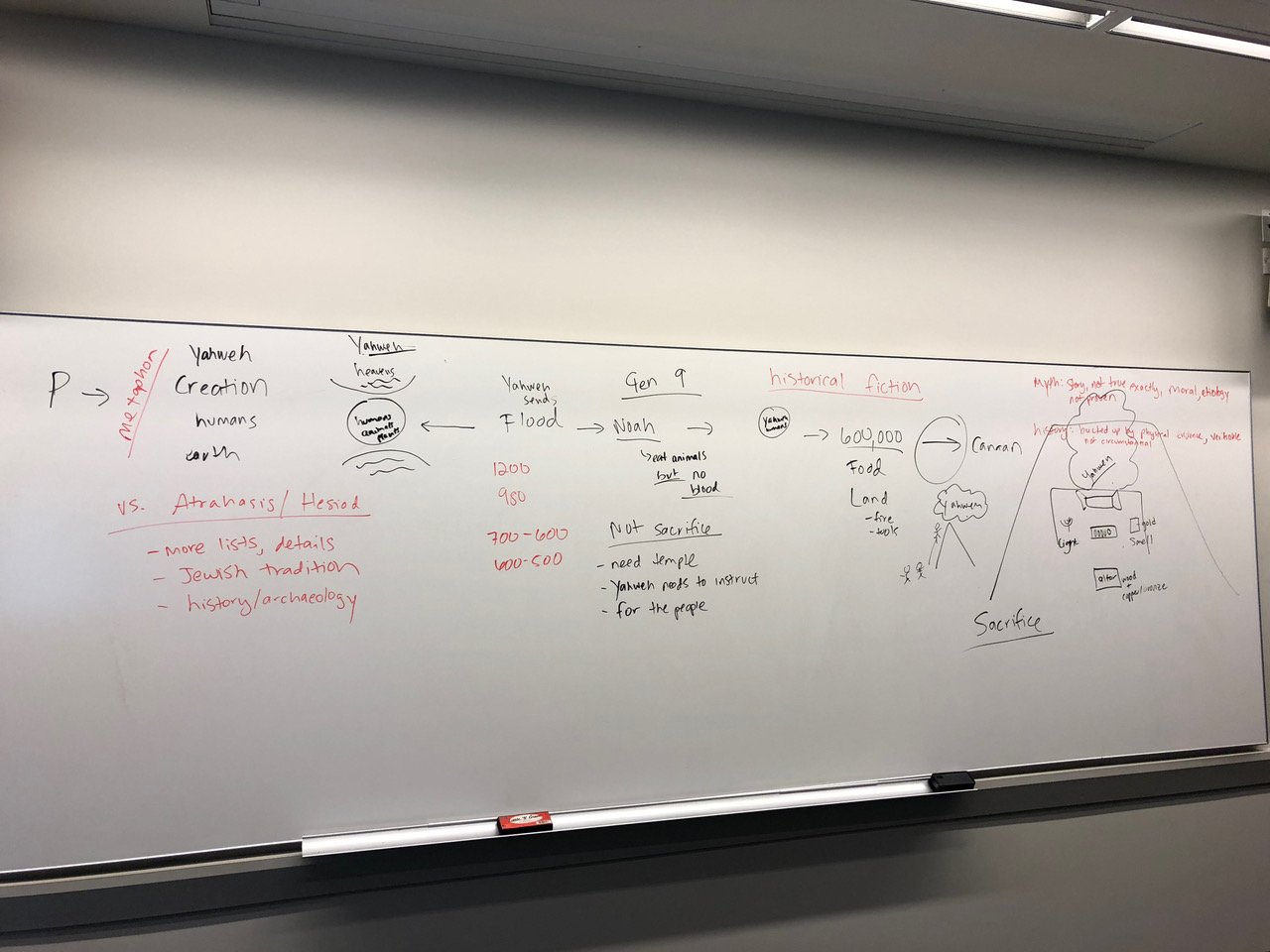This book draws attention to one important but neglected concept from Hellenistic literary criticism that readers—including Christians—used to organize, describe, and evaluate narrative traditions.
Read MorePublication Preview | Exploring the Violent Imaginary of the Dead Sea Scrolls
Alex P. Jassen previews his new book exploring the diverse ways social contestation and violence was perceived and imagined by the Dead Sea Scrolls Sectarians.
Read MorePublication Preview | The Rabbinic Past in the Medieval Islamic World
The understanding that Jews engaged with a full sweep of Islamic sciences was arguably one of the earliest insights of modern Jewish historiography; indeed, medieval Jews were sometimes explicit about turning to non-Jewish sources. But scholarship has traditionally highlighted Jewish engagement with the larger world in fields other than law, such as poetry, theology, and linguistics. Building on the work of others, After Revelation recognizes that medieval Jews and Muslims structured their traditions in similar ways.
Read MoreDivine Names and Numinous Power: Onomastic Tools to Help and Harm
Power in the Name contributes to this growing body of work unbeholden to the myopic strictures of materialism and (more broadly) scientism by comparatively analyzing examples of humans changing their environment (e.g., healing or hurting others) by invoking powerful divine names.
Read MoreFrom Dinner to Donor: the Social Exchanges at the Heart of Rabbinic Expertise
A bowl of figs, fresco from the main triclinium at Villa of Poppaea in Oplontis.
A bowl of figs, fresco from the main triclinium at Villa of Poppaea in Oplontis.
“This book plunges us deep into the social relationships that made the production of rabbinic expertise possible. Weaving together accounts of tangible material support with sites of contact between rabbis and other people, I explore how rabbinic expertise was continually enacted and challenged through social interactions.”
Read MorePublication Preview | Writing a History of Israelite Religion
Hilltop cult installation surrounded by a circle of boulders, from the Bull Site in the Samarian highlands. Credit: Photograph by Natritmeyer.
Hilltop cult installation surrounded by a circle of boulders, from the Bull Site in the Samarian highlands. Credit: Photograph by Natritmeyer.
“Cultural difference does not condemn us to incomprehension. It forces us to go beyond our own cultural horizons in an effort to make sense of what is going on in the world of others. Ancient historians must use the mindset of a cultural anthropologist, in addition to the traditional tools of their discipline.”
Read MoreMy Next Guest Needs an Introduction: Proudly Presenting “Pseudo-Hegesippus”
Cover page of Philadelphia Public Library, LJS 237 (ca. 1460)
Cover page of Philadelphia Public Library, LJS 237 (ca. 1460)
The exceptional influence and popularity enjoyed by DEH from late antiquity through the Middle Ages, and its critical interface with Jewish historiography as a work both based on and source of major Jewish histories, suggest that this work is important for scholars of pre-modern Judaism and/or Christianity to know.
Read MoreRabbinic Civil Law in the Context of Ancient Legal History: A Legal Compendium to the Talmud Yerushalmi
Catherine Hezser and Constantin Willems introduce the AHRC-DFG Collaborative UK-German Research Project in the Humanities (2023-26) on Rabbinic Civil Law in the Context of Ancient Legal History.
Read MorePublication Preview | Narsai: Selected Sermons
As I learned more about the literature and history of my tradition, I found myself drawn to another important author, Narsai, and wondered whether someday a similarly accessible and instructive volume might be written about him. This project has been both a dream and an aspiration ever since.
Read MorePublication Preview | Two Portraits of John the Baptist
From the outset, I envisaged two clearly distinct books, one popular and the other more academic, one with fewer footnotes than the other.
Read MorePublication Preview: Hellenistic Jews and Consolatory Rhetoric
Whereas scholarship has tended to investigate this question by analyzing the development of Jewish apocalypticism, afterlife beliefs, and theodicy during the Hellenistic and early Roman periods, my analysis of consolatory rhetoric in Hellenistic Judaism offers a more comprehensive approach.
Read MorePublication Preview | Beyond the "Cessation of Prophecy" in Late Antiquity
To be frank, I just don’t think any of our texts say this. Or, if some of them do, alternative readings are available and perhaps more plausible. In fact, the Manichaeans themselves do not have a single model of prophethood (although they do exhibit a push for systematicity).
Read MorePursuing Joseph in Early Syriac Literature
These texts offered a window onto the literary creativity and inventiveness of the early Syriac tradition itself.
Read MoreRitual and Religious Experience in Early Christianities
My research contributes participates in this ongoing conversation by exploring fresh methodological approaches to uncover the ways New Testament literature bears witness to ritual practices among early Christians.
Read MorePublication Preview | A Life of Psalms in Jewish Late Antiquity
The Psalms Scroll from Qumran, image courtesy of Wikimedia Commons
The Psalms Scroll from Qumran, image courtesy of Wikimedia Commons
The Psalms anthologize some of the poetry that circulated in ancient Israel and the Second Temple period. They are not fun to read—let alone straight through. No narrative arc or compelling character draws one into their pages. And the poems are often repetitive, sometimes boring and nonsensical. So why did my mother—and countless others like her—find reading the Psalter as part of their life’s routine meaningful?
Read MoreBackstage with Staging the Sacred
Fresco with a theatre mask and Nilotic scene, from the Temple of Isis at Pompeii (courtesy of Wikimedia commons)
Fresco with a theatre mask and Nilotic scene, from the Temple of Isis at Pompeii (courtesy of Wikimedia commons)
In some ways, Staging the Sacred proved a thoroughly disconcerting study. As I wrote it, I was continually reminded that the texts I have spent my career learning to read are, in practical terms, far removed from the actual phenomena I so wanted to study, the experience of the ancient synagogue. The texts resemble two-dimensional, frozen echoes from which I have tried to coax ghostly traces (perhaps illusions) of more dimensions. In the end, these poems—each a gem in its own way, a stone in the gorgeous mosaic of late antique hymnody—yielded up more insight than I might have thought they would.
Read MoreTransing the Talmud or Reading the Talmud "Badly"
Max Strassfeld introduces the methodological interventions of Trans Talmud (UC Press, 2023).
Read MoreDisplaying The Literary Artistry of P
Liane Feldman explores the process of developing her edition of P in The Consuming Fire (UC Press, 2023).
Read MoreRabbis and the Reproduction of Species
Rafael Rachel Neis, Figures of Speech, pen and ink on paper, 11 in. x 17 in., 2020
Rafael Rachel Neis, Figures of Speech, pen and ink on paper, 11 in. x 17 in., 2020
“If we abide by these insights in our encounter with ancient sources, we find a (surprisingly?) queer world in which a human gives birth to a raven, a cow delivers a camel, mud generates mice, and fire begets the salamander.”
Read MoreHow the Rabbis Taught the Jews (Not) to Read the Bible
Rebecca Sharbach Wollenberg introduces her new monograph, The Closed Book (Princeton, 2023).
Read More


















